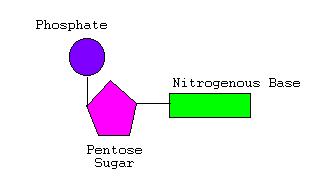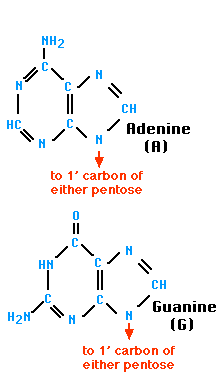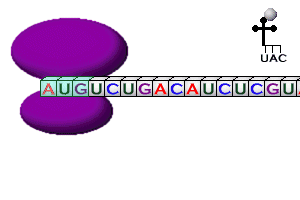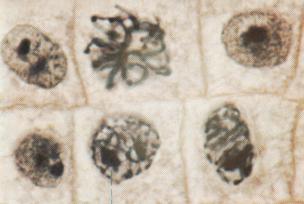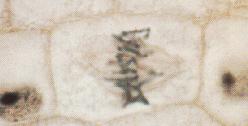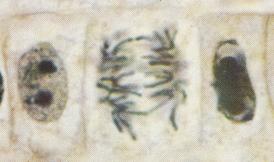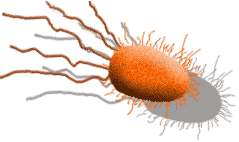Nucleic Acids, Protein Synthesis, & DNA Technology Study Guide

1. What are purines & pyrimidines and give examples of each?
2. Which scientists determined the structure of DNA?
3. DNA and RNA are named by their __________.
4. What three things make up a nucleotide?
5. Describe the structure of DNA.
6. An organism’s characteristics are coded for by molecules of __________.
7. What are the subunits called that make up DNA?
8. Sketch the basic structure of a nucleotide.
9. What 2 things are found on RNA, but are not found on DNA molecules?
10. What is the primary function of DNA?
11.What did Rosalind Franklin’s x-ray photographs of DNA crystals tell us about this molecule?
12. State Chargaff’s rule.
13. What happens to tRNA anticodons during translation?
14. What is a codon & where are they found?
15. What is the function of rRNA?
16. What bases pair with each other on: a) DNA? b) RNA?
17. Name the 3 types of RNA & tell the function of each.
18. What is the function of DNA polymerase?
19. If the code on DNA is TTAGCCTGA, what will be the code on the complementary section of DNA when it’s copied during replication?
20. List all the ways that RNA differs from DNA?
21. Where does mRNA go for proteins to be made in a cell?
22. What is transcription?
23. What is translation?
24. Which RNA carries instructions for making proteins?
25. What is the function of DNA helicases?
26. What is the job of restriction enzymes?
27. What are “sticky ends” and how are they helpful?
28. What is the difference between introns & exons?
29. What is an operon and in what type of cell would they be found?
30. What does RFLP stand for? How is this process used?
31. What is meant by cloning?
32.What is DNA fingerprinting and how can it be used?
33. How is recombinant DNA formed?

